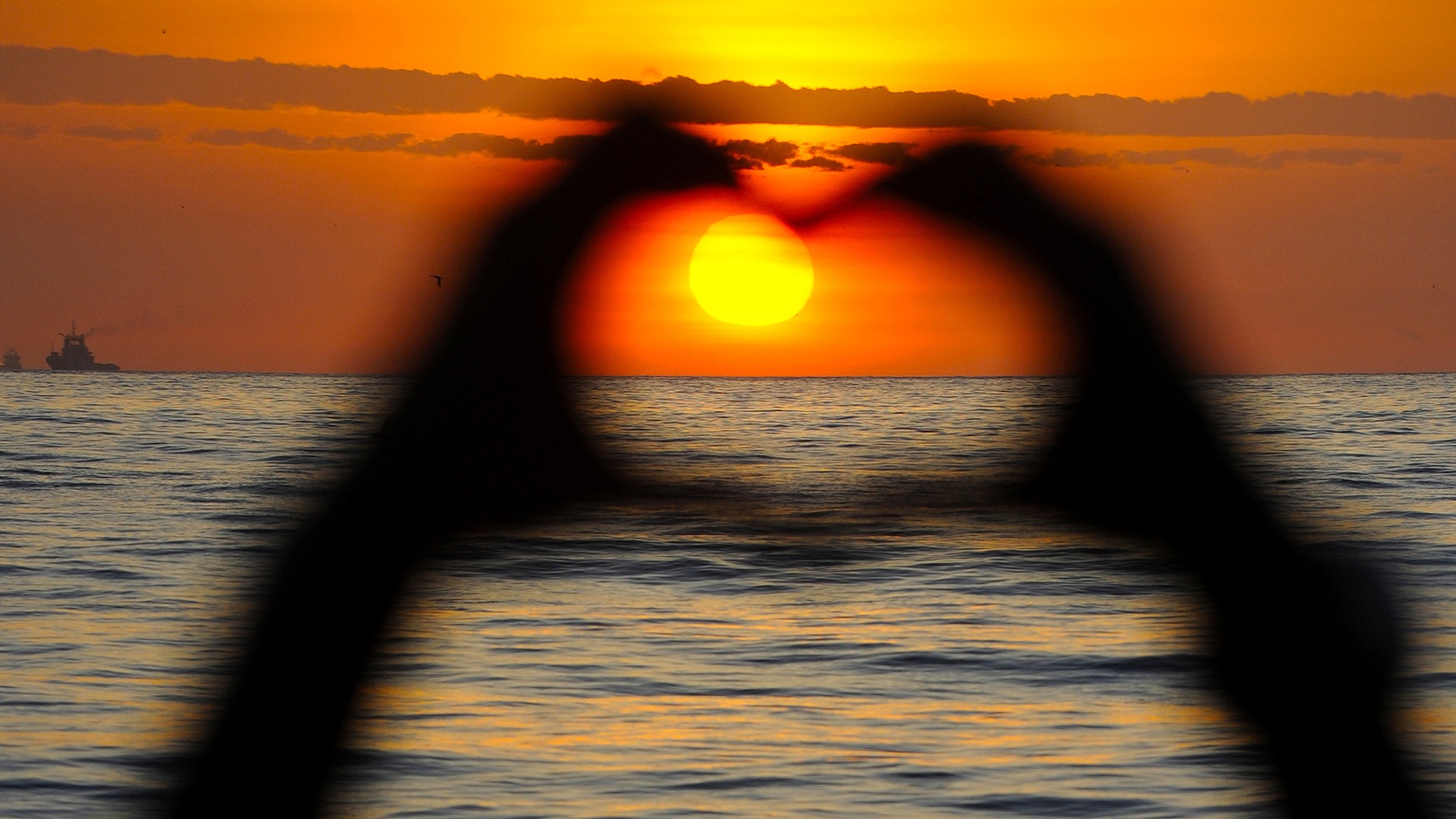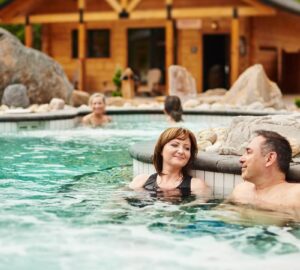Sun exposure to the skin is the human race’s natural, intended, most effective and most neglected source of vitamin D.
Vitamin D sufficiency, along with diet and exercise, has emerged as one of the most important preventive factors in human health. Hundreds of studies now link vitamin D deficiency with significantly higher rates of many forms of cancer‚ as well as heart disease‚ osteoporosis‚ multiple sclerosis and many other conditions and diseases.
Because sunshine is a free commodity with no publicist or lobbyist, the Sunshine Vitamin Alliance is established as a coalition of right-minded physicians, individuals and organizations who advocate natural vitamin D production through regular, non-burning sun exposure.
- Humans make 90 percent of our vitamin D naturally from sunlight exposure to our skin – specifically, from ultraviolet B exposure to the skin, which naturally initiates the conversion of cholesterol in the skin to vitamin D3.
- Few foods naturally contain or are fortified with supplemental vitamin D. For example, an 8-ounce glass of whole milk is fortified with 100 IU (international units) of vitamin D – just 10 percent of what the most conservative vitamin D researchers now say we need daily. In contrast, sun exposure to the skin makes thousands of units of vitamin D naturally in a relatively short period of time.
- While vitamin D supplements are an alternative means of producing vitamin D when regular, non-burning sun exposure is not possible, oral supplementation of vitamin D is not nature’s intended means of producing this vitamin.
- While overexposure to sunlight carries risks, the cosmetic skin care industry has misled the public into believing that any UV exposure is harmful. No research has shown that regular, non-burning exposure to UV light poses a significant risk of skin damage.
- Humans spend less time in the sun today than at any point in human history – which is why more than 1 billion people worldwide are vitamin D deficient.
Vitamin D Comes From the Sun
Sunlight is the best and only natural source of vitamin D. Unlike dietary or supplementary vitamin D, when you get your ‘D’ from sunshine your body takes what it needs, and de-metabolizes any extra. That’s critical – as vitamin D experts and many health groups now advocate 1,000 to 2,000 IU of vitamin D daily – five to ten times the old recommendations. Because too much ‘D’ from dietary supplements may cause the body to over-process calcium, nobody really knows for sure how much supplementary vitamin D is safe. On the other hand, sunlight-induced vitamin D doesn’t have that problem – it’s the way your body is intended to make it!
| Sunlight Exposure (full body exposure)* |
3,000 – 20,000 IU |
| Salmon (3.5 oz. of fresh, wild salmon) |
600 – 1,000 IU |
| Salmon (3.5 oz. of fresh, farmed salmon) |
100 – 250 IU |
| Fortified Whole Milk, 8-oz. glass** |
100 IU |
| Fortified Multi-vitamin |
400 IU |
Source: Holick, MF. Vitamin D Deficiency. New England Journal of Medicine, July 2007
* Sun exposure to the arms and legs for 10-15 minutes. The amount of vitamin D produced depends on the intensity of the UVB in the sun and many other factors. Darker-skinned individuals may need 5-10 times more exposure than a fair-skinned person to make the same amount of vitamin D. In northern climates sunlight is too weak in parts of the year to make any vitamin D – a period referred to as ‘Vitamin D Winter’.
** Vitamin D is supplemented into milk. It doesn’t occur naturally in milk.









